Let's get to it:
JOSH BRACKEN FROM DELTONA, FL:
Thanks for Asked and Answered. I have been very impressed with Bud Dupree and his ability to rush the quarterback. It always seems like he lines up over the right tackle, and I have been waiting for him to get a crack at rushing the passer from over the left tackle in order to pressure the quarterback from the blind side. Are there more responsibilities on that side, or are there some other reasons behind Dupree and Arthur Moats always being on that side, and James Harrison and Jarvis Jones on the other side?
**
The left outside linebacker position, which is the one currently being manned by the combination of Bud Dupree and Arthur Moats, typically has more responsibilities against the run because most offenses, being right-handed, run the ball behind the right side of their offensive line, which means it is attacking the defensive left side. Dupree is a big, physical player, and evidently the coaches believed he could be more of an asset on that side of the defense. And just because a guy attacks the quarterback through the right tackle doesn't mean he's a lesser pass-rusher, because Kansas City's Justin Houston is a left outside linebacker, and he posted 22 sacks in 2014. Often times, the more athletic offensive tackles are left tackles, which actually could provide an easier path to the quarterback over the right side of an offensive line.**
JOE PAUSTENBAUGH FROM LIBERTY, UT:
The Steelers were penalized for illegal procedure/motion with four seconds left while lined up for the field goal attempt that eventually won the game against the Raiders. The Raiders declined this penalty. I thought that if the offensive team was penalized and had no timeouts left (the Steelers had already used their final timeout) that there would be a 10-second runoff of the game clock. If there were less than 10 seconds left then the game would be over. Please explain the 10-second runoff rule and why it did not apply to the Steelers in this situation.
The penalty called against the Steelers – the one declined by the Raiders in the situation you describe – was for a false start. The reason there was not a 10-second runoff in that situation was because the clock was stopped. On the previous play from scrimmage – second-and-5 from the Oakland 10-yard line – DeAngelo Williams gained 9 yards and was pushed out of bounds by Oakland cornerback D.J. Hayden, which stopped the clock with four seconds remaining. The 10-second runoff rule was implemented in part as a deterrence to a team that was attempting to commit a penalty to stop the clock when they were out of timeouts. The clock had been stopped because Williams went out of bounds, and so the false start on the Steelers was either a 5-yard mark off or declined. The Raiders elected to decline the penalty. Had the clock been running and the Steelers were out of timeouts, the 10-second runoff rule would have applied in that instance.
MATTHEW FOX FROM CAMP PENDLETON, CA:
Can you help me out with some more insight into the practice squads? All I know is they consist of 10 players. Do teams have exclusive contract rights to players on their practice squads? Are there eligibility restrictions, since more seasoned vets seem to just become free agents and are not often found on practice squads? Do you know the minimum salary (I have found different figures)? If I understood the preseason moves correctly, these 10 players do not count against the 53-man roster?
Teams have no exclusive rights to players on their practice squads, which means if the Green Bay Packers, for example, want to sign a player from the Steelers practice squad, they do not need the Steelers' permission, nor would the Steelers be entitled to any compensation for losing the player. Eligibility is limited to players who were on an active roster for fewer than six games, or were on the 45-man active game day roster for fewer than nine games, which illustrates the potential importance of being active vs. inactive on game days. A player is allowed on the practice squad for up to two years, with one year counting as six weeks in a season. A third year on the practice squad is only allowed if the team keeps 53 players on the active-inactive list at all times. As for the pay, the minimum salary for a practice squad player in 2015 is $6,600 per week for 17 weeks, which works out to a total of $112,200 for the season. By comparison, the NFL rookie minimum is $435,000 for players on the 53-man roster. There is no maximum salary limit for practice squad players – a team can pay as much as it wants provided all practice squad monies fit under the salary cap. Practice squad players do not count against the 53-man roster limit.
Vicki Rizzo from St. Charles, Mo:
I live in "Rams" country and am familiar with Isaiah Pead's skill-set. The Rams used him as a kick returner and he has a career average of 22.9 yards per return. What are the chances that the Steelers are ready to give up on the Dri Archer experiment and try Pead in that position as well as running back? His size certainly surpasses Archer's.
In between the time your letter was submitted and this edition of Asked and Answered was posted on Steelers.com, the team claimed Jacoby Jones on waivers and created a spot for him on the 53-man roster by waiving Dri Archer, thus ending what you referred to as "the Dri Archer experiment." This year Archer was averaging 25.3 yards per return, good for 10th in the NFL, at the time he was waived. Jones came to the Steelers with a 21.2-yard average this year, and against the Raiders he averaged 20.8 yards on his four returns. As you pointed out, Isaiah Pead's kickoff return average is 22.9, and that also is below what Archer was producing through the first half of 2015. This isn't to mean claiming Jones off waivers was a bad move, or that Archer shouldn't have been replaced, or that Pead shouldn't be given a chance at some point, but returning kickoffs in the NFL isn't easy, and often times the success or failure of the endeavor falls on more players than just the returner.
BEVERLY AIKEN FROM HAMPTON, S.C.:
Do you think Steelers will make playoffs without Le'Veon Bell?
There are players on the Steelers roster who are indispensable when it comes to the team being capable of qualifying for the 2015 playoffs, but Le'Veon Bell isn't one of them. Bell isn't one of them because the Steelers have DeAngelo Williams to man the position, and Williams has shown himself to be a good player and a good teammate, unlike LeGarrette Blount, who turned out to be neither.
Check out the highlight photos from the Steelers vs Raiders game. The Steelers defeated the Raiders 38-35 on November 8th 2015.






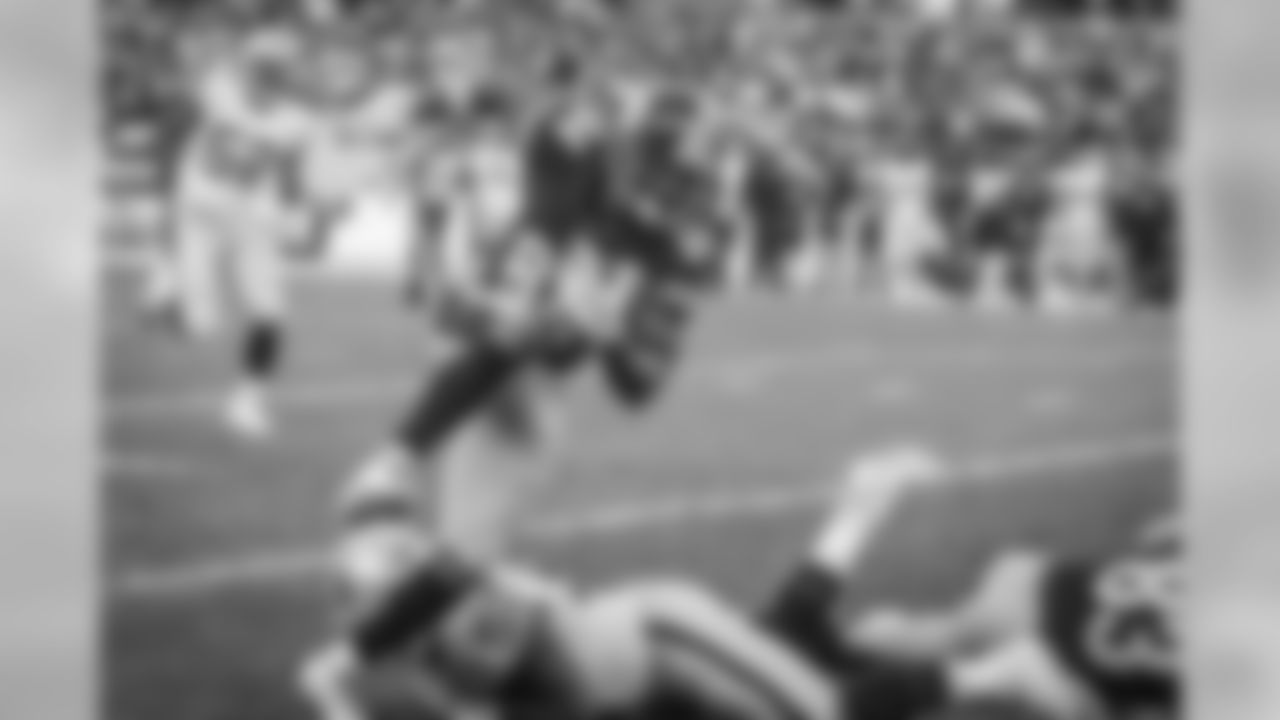


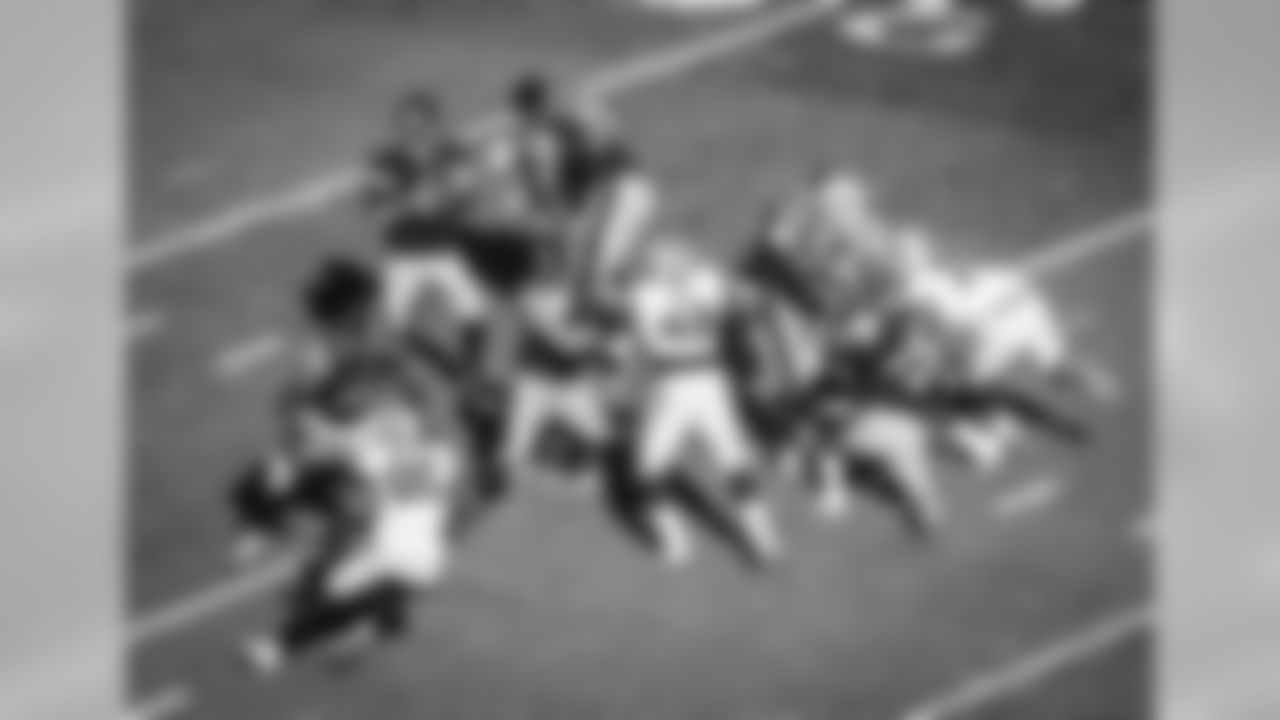














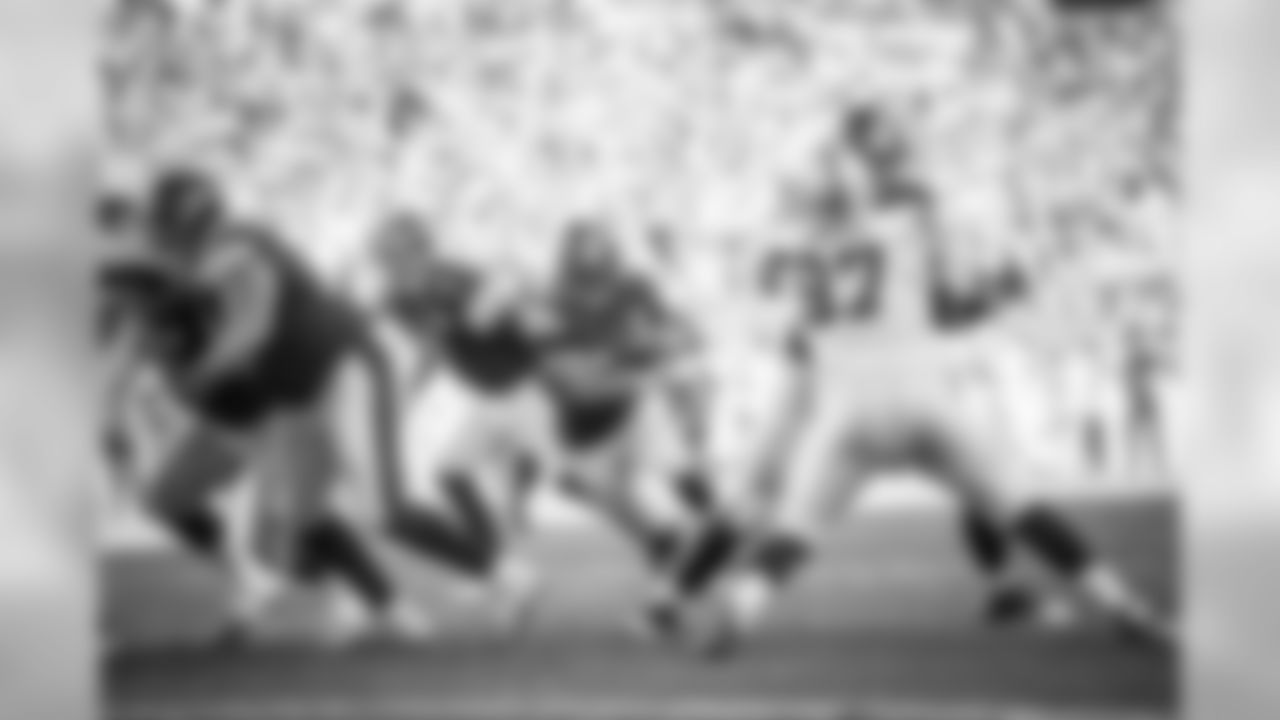



















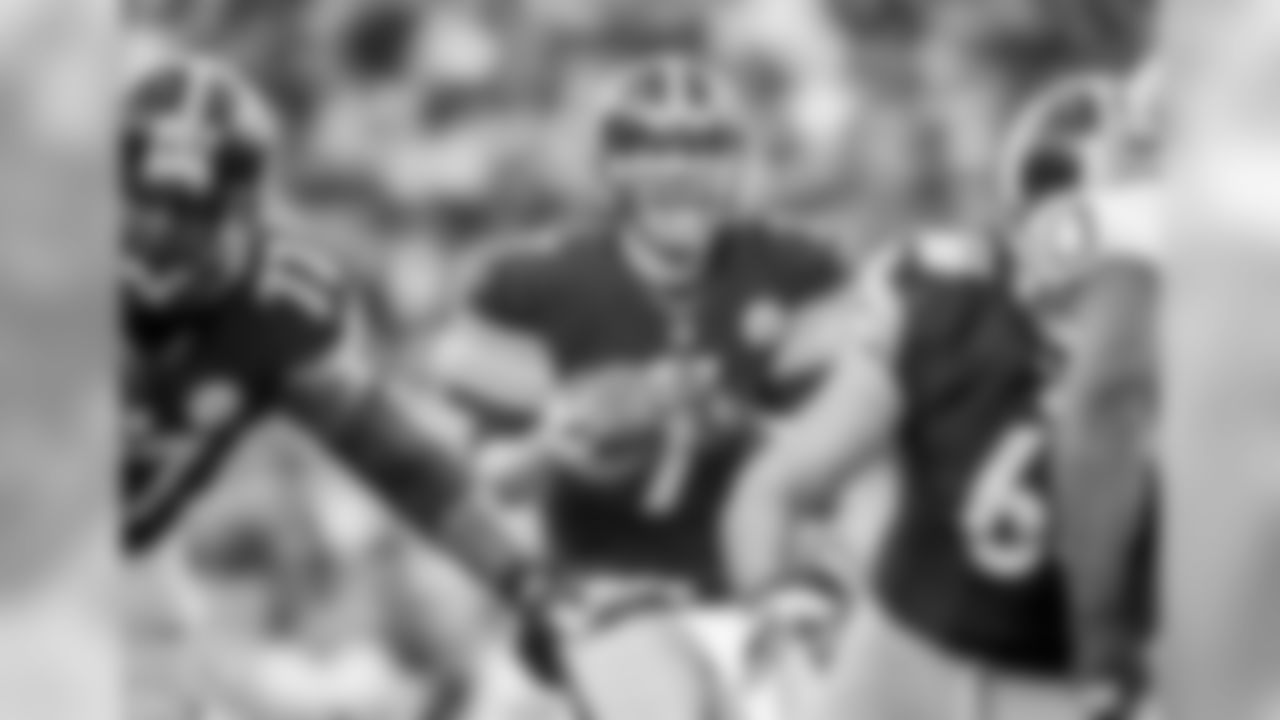





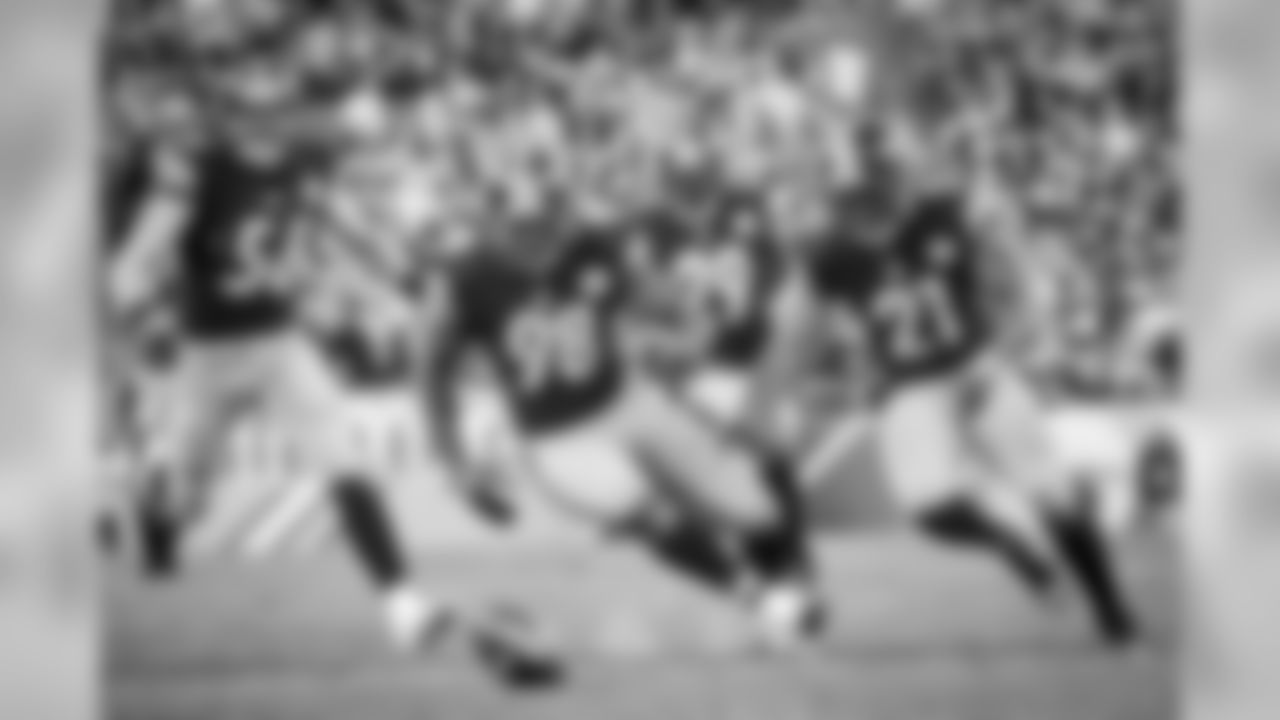



LES CLEMENS FROM AZLE, TX:
Great column. My question regards knee injuries. Is there a brace or other device that can be worn to reduce MCL or ACL injuries? I seem to remember some of these devices being worn years ago.
There are knee braces that players can wear, but to what degree those braces would protect against ligament tears is something I cannot answer definitively, and then there is the issue of players feeling that those kinds of braces slow them down and restrict their mobility on the field. Having such a device is one thing, but then getting players to use it while convincing them it won't inhibit them on the field is something else altogether.
JACK MATTHEWS FROM LIVERPOOL, UNITED KINGDOM:
I just wanted your opinion on the job Keith Butler has done so far this year. A lot of discussion in the offseason was made about how the Steelers offense was going to have to overcome the Steelers defense, ironically it's been the complete opposite with the Steelers seemingly losing more games because of offensive inefficiency.
I believe the job Keith Butler has done in his first season as the defensive coordinator justifies the faith Mike Tomlin had in him all along to be able to take over eventually for Dick LeBeau. The Steelers didn't add a big-name defensive player during free agency, and while the team used six of its eight draft picks on defensive players, one of those is on injured reserve, another couldn't make the 53-man roster, and none have become full-time starters as rookies. Still, the unit is decidedly better in a number of areas, not the least of which are takeaways and sacks. In 2014, the Steelers finished with 11 interceptions, 21 takeaways, and 33 sacks; through the first nine games of 2015 they already have eight interceptions, 15 takeaways, and 22 sacks. And going into the game vs. the Raiders, the Steelers defense ranked fifth in the NFL in points allowed per game. It's only nine games into this regular season, and so there's still a lot of football to be played, but of their four losses to this point, I would contend the defense played well enough to win in the games against Baltimore and Cincinnati, only to have the team lose to the Ravens because of missed field goals and to the Bengals because of turnovers. It's not a great defense yet, but it's one that doesn't give up as many big plays – only two touchdowns of 35-plus yards – and it's a unit that has been mitigating some of the yardage allowed by making some big plays of its own.













